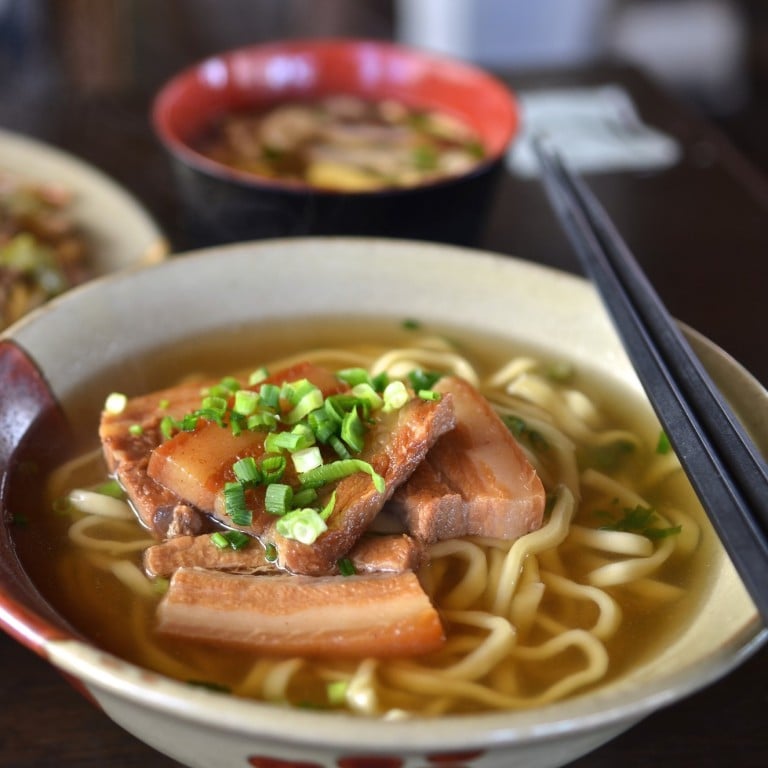Okinawa’s Shuri Castle may have burned down, but there are plenty more reasons to visit the Japanese island famous for long life expectancy and snakeskin banjos

Naha’s Shuri Castle just tragically burned down – but from healthy eating and local crafts to sun, surf and plenty more Unesco-approved Ryuku sights, Okinawa still has plenty to offer the curious traveller
Okinawa made the news recently when one of the lasting legacies of the Ryukyu Kingdom, the grand Shurijo Castle in Naha, burned down at the end of October.
The loss of the Unesco World Heritage Site was devastating, but the Japanese prefecture still has plenty to offer travellers looking for everything from culture and food to sun, sand and sea.

Closer to Taiwan than to mainland Japan, the prefecture of Okinawa is distinctly different from the rest of the country. Strolling down the streets of the capital Naha, the atmosphere is relaxed, a stark difference from the buzzing energy of Tokyo.
Eat like a local – and (hopefully) live longer
One thing that is uniquely Okinawa is its cuisine, said to be the key to its residents’ longevity. The islands are one of five regions in the world considered Blue Zones, a term coined by journalist and National Geographic fellow Dan Buettner, where people have exceptionally high life expectancies and enjoy healthy lifestyles.
Scientists have found that the Okinawan diet includes a higher proportion of carbohydrates to protein, which may be the reason for longer lives.
A common Okinawan dish is goya chanpuru, comprising stir-fried bitter melon, tofu, sliced pork or luncheon meat and egg. Washed first in sea salt, Okinawan bitter gourd is light, crunchy and said to stimulate digestion and lower blood sugar. Mineral-rich seaweed and tofu, which contains isoflavones and soy, are also commonly eaten.